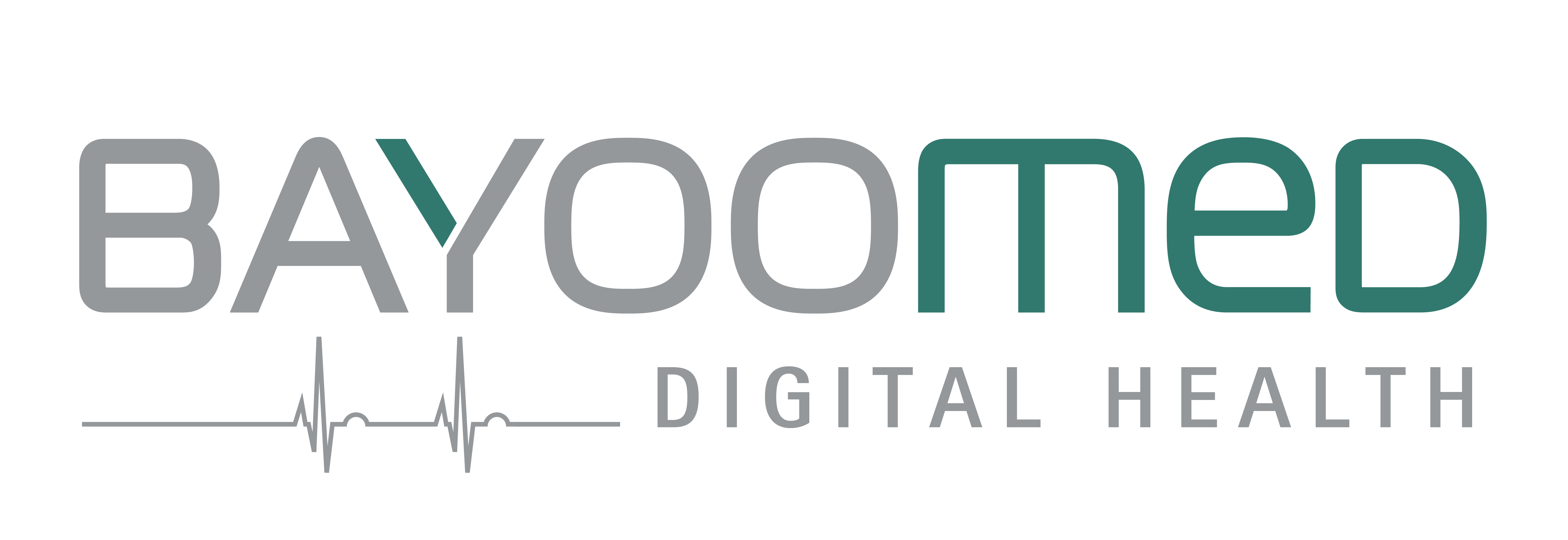A guide to safe health applications (DiGA)
The Technical Guideline TR-03161 contains detailed requirements for applications in the healthcare sector, in particular for digital health applications (DiGA).
The aim of this guideline is to provide DiGA manufacturers with a comprehensive guide to implementing secure solutions.
Because DiGAs store sensitive and personal data, compliance with a high security standard is essential.
Structure of the TR-03161 guideline
TR-03161 is divided into several documents that focus on different types of applications:
Mobile applications
Web applications
Background systems
These documents contain a large number of test aspects that are divided into different areas.
The guideline not only describes the methodology of the test, but also provides detailed test characteristics for each aspect.
These test characteristics explain how the requirements are evaluated by testers.
The topics range from checking the source code and data architecture to authenticating users and securely setting up the necessary infrastructure and communication between the systems.
There are currently only a few test centers that can carry out TR-03161 tests.
Implementation of the directive
DiGA manufacturers must recognize at an early stage which requirements have already been met and where there is still a need for action.
The first step is to carry out a GAP analysis to document the current status.
This enables them to take targeted measures to close gaps.
All requirements should be documented and traceable.
This makes it easier for both manufacturers and inspectors to assess whether all aspects have been met.
According to the specifications of the Federal Institute for Drugs and Medical Devices (BfArM), certification in accordance with TR-03161 must be available by January 1, 2025 at the latest.
Early preparation for testing and certification is therefore crucial and should be planned in good time.
Changes due to the TR-03161 directive
TR-03161 brings some important changes and requirements for manufacturers of DiGA and healthcare applications:

